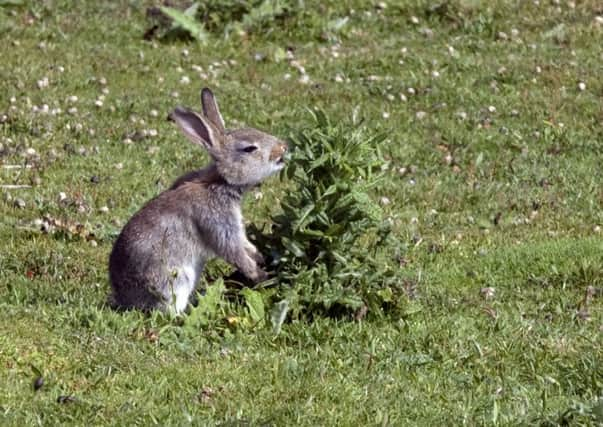'˜We're killing rabbits to protect the dunes'


It’s part of the ongoing, delicate balancing act of protecting the special conservation area, which is one of the largest limestone dune systems in Ireland or Britain.
The ‘Journal’ was contacted by a source in the Magilligan area who said they’d noticed a rabbit cull was underway.
Advertisement
Hide AdAdvertisement
Hide AdThis is standard practice, however, as a spokesperson for the Army explained.
“As part of the on-going process of conservation, and the MoD’s stewardship of the dunes within the Magilligan ranges, the rabbit population is controlled through humane culling by licenced and insured pest controllers,” the spokesperson said.
Further along the coast at the Umbra Nature Reserve, which forms part of the Magilligan Special Area of Conservation (SAC) and is managed by Ulster Wildlife, there is no culling at present.
However, Ulster Wildlife’s Nature Reserves Officer Andy Crory for the Magilligan SAC said it does need to be appropriately grazed to protect the extensive dune habitat and its unique wildlife.
Advertisement
Hide AdAdvertisement
Hide Ad“Too many rabbits can cause over-grazing which is why they need to be carefully managed on some sites,” an Ulster Wildlife spokesperson said.
“On our part of the SAC, the nature reserve is grazed by a grazier and we remove invasive scrub over the winter, however rabbits are not an issue,” the spokesperson added.
The MoD, however, is having rabbit issues but has brought in other animals to deal with the grass.
“Cows and sheep are also used to control the grasslands,” an MoD spokesperson said.
Advertisement
Hide AdAdvertisement
Hide AdThe Magilligan dunes are a popular tourist destination and home to an array of species including the marsh helleborine, the bee orchid, the pyramidal orchid, the fragrant orchid, the frog orchid, the northern mining bee, the small eggar moth and the scarce crimson and gold moth.
Its well-developed series of dune slacks contain virtually all of the dune slack vegetation in the North.